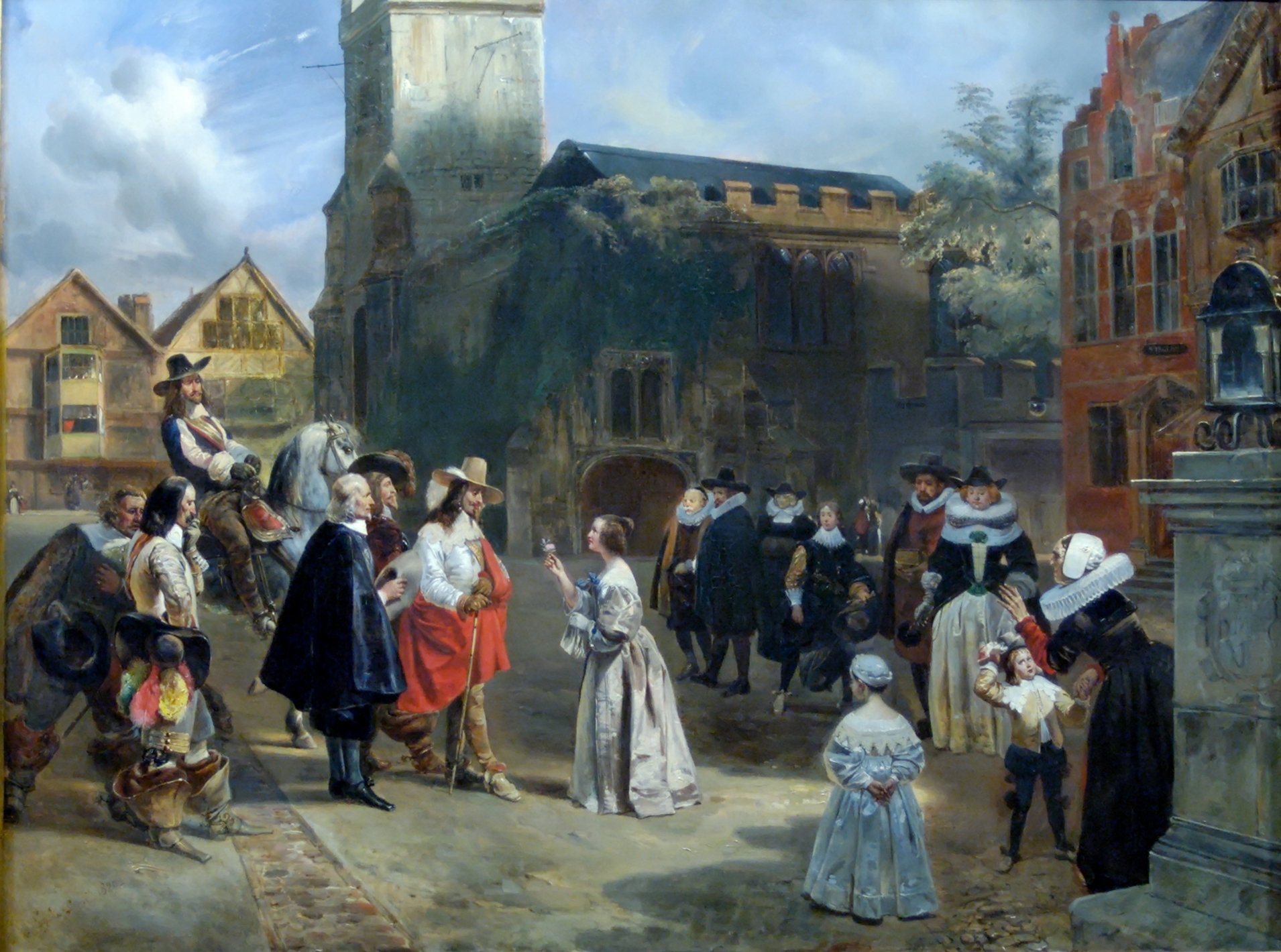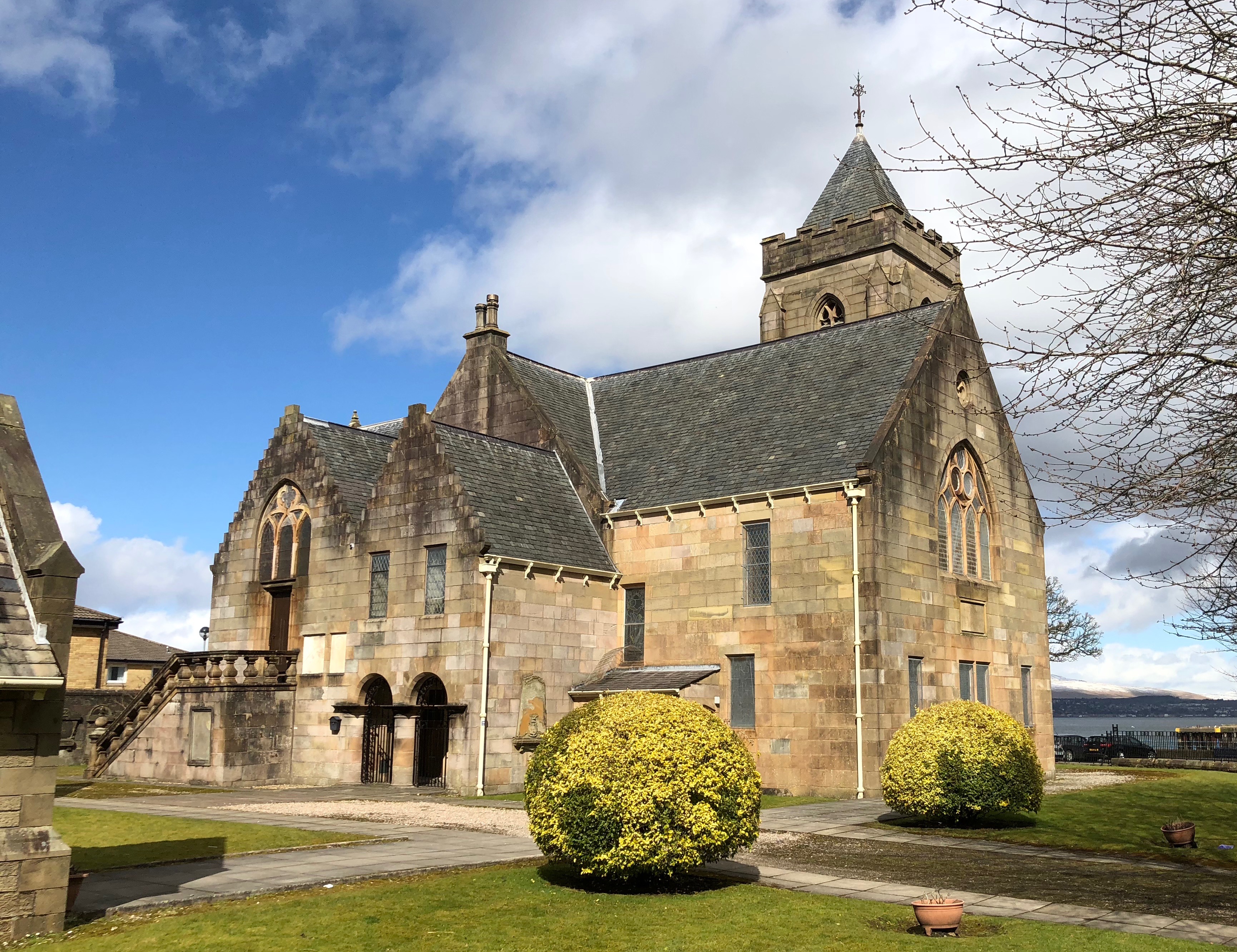|
Jean Armand De Maillé, 2nd Marquis Of Brézé
Jean Armand de Maillé, 2nd Marquis of Brézé, Duke of Fronsac (18 October 1619 – 16 June 1646) was a French admiral. Early life Jean was born in Milly-le-Meugon, in one of the most powerful French families of the time; his father was Urbain de Maillé, Marquis of Brézé, Marshal of France, and Nicole du Plessis. His uncle was Cardinal Richelieu, King Louis XIII's renowned minister, and his brother-in-law, Louis de Bourbon, Prince of Condé, (better known as the ''le Grand Condé''), was the First Prince of the Blood. Career Thanks to his uncle, at the age of seventeen, Jean received the title of ''grand-maître de la navigation'' (Grand-master of Navigation), a new title created by King Louis XIII for Cardinal Richelieu and equivalent to Grand Admiral of France. One of the leading figures in the Eighty Years' War, Jean won a victory at the battle of Cadiz near Cadiz (20 July 1640), and then seized Villafranca. In 1641, he arrived in Portugal to help in the Portugues ... [...More Info...] [...Related Items...] OR: [Wikipedia] [Google] [Baidu] |
Marquis
A marquess (; ) is a nobleman of high hereditary rank in various European peerages and in those of some of their former colonies. The German-language equivalent is Markgraf (margrave). A woman with the rank of a marquess or the wife (or widow) of a marquess is a marchioness () or marquise (). These titles are also used to translate equivalent Asian styles, as in Imperial China and Imperial Japan. Etymology The word ''marquess'' entered the English language from the Old French ("ruler of a border area") in the late 13th or early 14th century. The French word was derived from ("frontier"), itself descended from the Middle Latin ("frontier"), from which the modern English word ''March (territory), march'' also descends. The distinction between governors of frontier territories and interior territories was made as early as the founding of the Roman Empire when some provinces were set aside for administration by the senate and more unpacified or vulnerable provinces were admi ... [...More Info...] [...Related Items...] OR: [Wikipedia] [Google] [Baidu] |
Battle Of Cádiz (1640)
The Battle of Cádiz (1640) was a naval battle in the Franco-Spanish War (1635-1659), which took place on July 21, 1640, when a French squadron under Jean Armand de Maillé-Brézé attacked a Spanish convoy coming from the Americas. The attack occurred just in front of the coast of Cádiz. Armand de Breze employed a hitherto unknown tactic to attack the Spanish convoy from both sides. The Spanish lost a galleon Galleons were large, multi-decked sailing ships developed in Spain and Portugal. They were first used as armed cargo carriers by Europe, Europeans from the 16th to 18th centuries during the Age of Sail, and they were the principal vessels dr ... and a small vessel but the convoy completed its journey and delivered most of its cargoes including its silver bullion. French losses are unknown. Notes References * Further reading * {{DEFAULTSORT:Cadiz (1640) Conflicts in 1640 Naval battles involving France Naval battles involving Spain Naval battles of the ... [...More Info...] [...Related Items...] OR: [Wikipedia] [Google] [Baidu] |
1646 Deaths
It is one of eight years (CE) to contain each Roman numeral once (1000(M)+500(D)+100(C)+(-10(X)+50(L))+5(V)+1(I) = 1646). Events January–March * January 5 – The English House of Commons approves a bill to provide for Ireland to be governed by a single Englishman. * January 9 – Battle of Bovey Heath in Devonshire: Oliver Cromwell's New Model Army surprises and routs the Royalist camp of Lord Wentworth. * January 19 – Sir Richard Grenville, 1st Baronet, a Royalist fighting for Prince Charles against Oliver Cromwell's Commonwealth, is imprisoned for insubordination after proposing to make Cornwall self-governing in order to win Cornish support for the Royalists. After being incarcerated at the tidal island of St Michael's Mount off of the coast of Cornwall, he is allowed to escape in March to avoid capture by Cromwell's troops. * January 20 – Francesco Molin is elected as the 99th Doge of Venice after 23 ballots, and governs the Venetian R ... [...More Info...] [...Related Items...] OR: [Wikipedia] [Google] [Baidu] |
1619 Births
Events January– March * January 12 – James I of England's Banqueting House, Whitehall in London is destroyed by fire."Fires, Great", in ''The Insurance Cyclopeadia: Being an Historical Treasury of Events and Circumstances Connected with the Origin and Progress of Insurance'', Cornelius Walford, ed. (C. and E. Layton, 1876) p. 29 Inigo Jones is commissioned to design a replacement. * February 14 – Earthquake flattens the town of Trujillo, Peru, killing hundreds in the town and causing landslides in the surrounding countryside killing hundreds more. * March 20 – Matthias, Holy Roman Emperor dies, leaving the Holy Roman Empire without an official leader, to deal with the Thirty Years' War, Bohemian Revolt. April–June * April 18 – Battle of Sarhu: Manchu people, Manchu leader Nurhaci is victorious over the Ming dynasty, Ming forces. * May 8 – The Synod of Dort has its final meeting. * May 13 ** Netherlands, Dutch Politician, state ... [...More Info...] [...Related Items...] OR: [Wikipedia] [Google] [Baidu] |
Maillé-Brézé (D627)
{{disambiguation, surname ...
Maillé-Brézé may refer to: People * Urbain de Maillé-Brézé (1597–1650), Marshal of France, General, Top French aristocrat * Jean Armand de Maillé-Brézé (1619–1646), French First Grand Admiral * Claire-Clémence de Maillé-Brézé (1628–1694), wife of Louis II de Bourbon, Prince de Condé Other * French ship Maillé Brézé: ** French destroyer Maillé Brézé (1931) ** French destroyer Maillé-Brézé (D627) ''Maillé-Brézé'' is a (''escorteur d'escadre'') built for the French Navy during the 1950s. She is now a museum ship in Nantes. Design and description The T 47-class ships were designed as enlarged and improved versions of the wartime int ... [...More Info...] [...Related Items...] OR: [Wikipedia] [Google] [Baidu] |
Greenock, Scotland
Greenock (; ; , ) is a town in Inverclyde, Scotland, located in the west central Lowlands of Scotland. The town is the administrative centre of Inverclyde Council. It is a former burgh of barony, burgh within the Counties of Scotland, historic county of Renfrewshire (historic), Renfrewshire, and forms part of a contiguous urban area with Gourock to the west and Port Glasgow to the east. The United Kingdom Census 2011, 2011 UK Census showed that Greenock had a population of 44,248, a decrease from the 46,861 recorded in the United Kingdom Census 2001, 2001 UK Census. It lies on the south bank of the Clyde at the "Tail of the Bank" where the River Clyde deepens into the Firth of Clyde. History Name Place-name scholar William J. Watson wrote that "Greenock is well known in Gaelic as , dative of , 'a sunny knoll. The Scottish Gaelic place-name is relatively common, with another Greenock near Callander in Menteith (formerly in Perthshire) and yet another at Muirkirk in Kyle, Ay ... [...More Info...] [...Related Items...] OR: [Wikipedia] [Google] [Baidu] |
French Destroyer Maillé Brézé (1931)
''Maillé Brézé'' was one of six s () built for the French Navy () during the 1930s. The ship entered service in 1933 and spent most of her career in the Mediterranean, sometimes as a flagship. During the Spanish Civil War of 1936–1939, she was one of the ships that helped to enforce the Non-intervention in the Spanish Civil War, non-intervention agreement. When France declared war on Nazi Germany, Germany in September 1939, all of the ''Vauquelin''s were assigned to the High Sea Forces ( (FHM)) which was tasked to escort French convoys and support the other commands as needed. ''Maillé Brézé'' accordingly spent most of the next six months on escort duties. She played a minor role in the Norwegian Campaign before she was lost in an accidental explosion in April 1940. Most of her crew survived the incident; her wreck was not Marine salvage, salvaged until 1954 and was subsequently ship breaking, scrapped. Design and description The ''Vauquelin''-class ships were designed ... [...More Info...] [...Related Items...] OR: [Wikipedia] [Google] [Baidu] |
Brézé
Brézé () is a former commune in the Maine-et-Loire department in western France. On 1 January 2019, it was merged into the new commune Bellevigne-les-Châteaux. 20 September 2018 The Château de Brézé is a small, dry-moated castle. Population Personalities *, born here in 1628, ''''
|
French Ship Maillé Brézé
Three ships of the French Navy have borne the name ''Brézé'' or ''Maillé Brézé'' in honour of admiral Jean Armand de Maillé-Brézé: * (1646–1665), a -gun ship of the line. * (named ''Brézé'' until January 1931), a destroyed in the accidental explosion of one of her torpedoes on 30 April 1940 in Greenock * , , presently a museum ship A museum ship, also called a memorial ship, is a ship that has been preserved and converted into a museum open to the public for educational or memorial purposes. Some are also used for training and recruitment purposes, mostly for the small numb ... Notes External links Les bâtiments ayant porté le nom de Maillé-Brézé {{DEFAULTSORT:Maille Breze, French Ship French Navy ship names ... [...More Info...] [...Related Items...] OR: [Wikipedia] [Google] [Baidu] |
Battle Of Cartagena (1643)
The Battle of Cartagena was a naval battle fought on 3 September 1643, during the Thirty Years' War off Cabo de Gata near Cartagena, Spain. After a series of victories in 1641 and 1642 the French Navy dominated the Western Mediterranean Sea. France was also in control of most of Catalonia after the Catalan Revolt. At that time, the Spanish Navy did not dare to show itself off the Catalan coast. In 1643 the French admiral Jean Armand de Maillé-Brézé sailed south, to search for and destroy the Spanish fleet to extend the dominance of the French Navy in the Mediterranean. He found a fleet of Dunkirkers under Joos Petersen, ships from Naples and a squadron from the ''Mar Oceano fleet'' under Martín Carlos de Mencos. On 3 September at 7:00 AM Maillé-Brézé attacked with favorable winds and dispersed the enemy fleet. He sank 2 galleons and captured 2 others, while the rest of the Spanish fleet retreated into the port of Cartagena. Here 8 more ships were beyond repair and ... [...More Info...] [...Related Items...] OR: [Wikipedia] [Google] [Baidu] |
Barcelona
Barcelona ( ; ; ) is a city on the northeastern coast of Spain. It is the capital and largest city of the autonomous community of Catalonia, as well as the second-most populous municipality of Spain. With a population of 1.6 million within city limits,Barcelona: Población por municipios y sexo – Instituto Nacional de Estadística. (National Statistics Institute) its urban area extends to numerous neighbouring municipalities within the province of Barcelona and is home to around 5.3 million people, making it the fifth most populous ... [...More Info...] [...Related Items...] OR: [Wikipedia] [Google] [Baidu] |
Battle Of Barcelona
The naval battle of Barcelona was a naval engagement of the Franco-Habsburg War fought off Barcelona from 29 June to 3 July 1642 between a Spanish fleet commanded by Juan Alonso Idiáquez, Duke of Ciudad Real, and a French fleet under Jean Armand de Maillé-Brézé, Duc de Fronsac. In a three-day battle, Brézé defeated the Spanish fleet, which was attempting to relieve some Spanish garrisons isolated along the Catalan coast, and forced the Duke of Ciudad Real to retreat to Majorca for repairs. As usual in most of the battles involving Maillé-Brézé, the French fleet made an extensive use of her fireships. This time, however, a large French vice-flagship, the '' Galion de Guise'', fell victim to one of his own fireships and went down enveloped in flames. The victory, in any case, was for the French fleet, and its main long-term effect was the fall of Perpignan into the hands of the Franco-Catalan army. Background The outbreak in 1640 of the Reapers' War, or the Catalan Upr ... [...More Info...] [...Related Items...] OR: [Wikipedia] [Google] [Baidu] |




